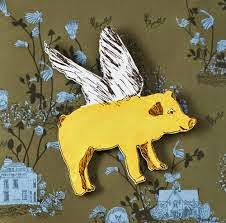How do we say COSTRA or CARACHA in English?

"I call it Scabby " Whenever we get injured, blood comes out of our wound(s)á. Soon after that, our blood tends to solidify. This process helps our body to heal our injuries. The resulting product of the solidification of the blood that came out of our injury covers it creating a protecting layer that prevents potential infections. Not only that but also under the layer new skin is being produced to replace the skin lost when the injury was inflicted. This useful layer is called SCAB in English and in Spanish is called CARACHA (at least in Ecuador) or COSTRA.





